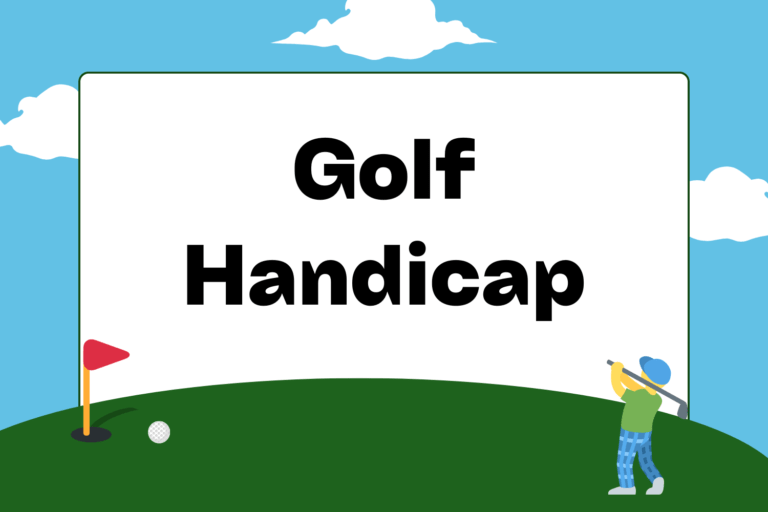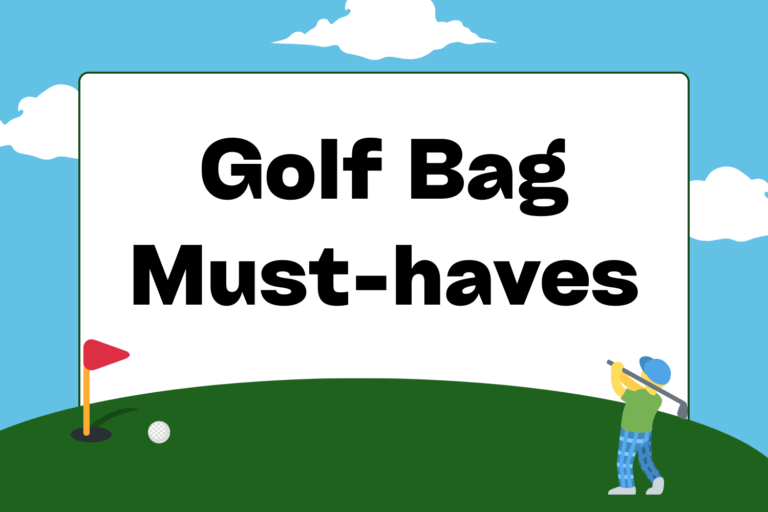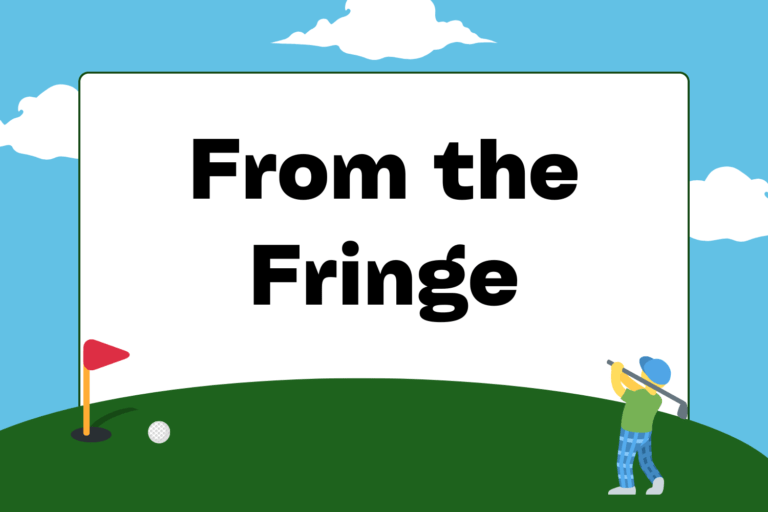So you took the scenic route from the tee to the green, but you’re finally there and ready for the most important part of the game: Putting.
In golf, a 3-foot putt counts the same as a 300-yard drive. That’s why, although every aspect of your game is essential, nothing will improve your overall game like improving your putting stroke. The question is: How do I do this?
For good or bad, there’s no single “best way” to putt. If you take a look at the different golfers on tour, you’ll see a wide variety of styles and grips. There are, however, certain aspects of putting that all great putters have in common.
Ball in the Middle of the Stance
When you make a putting stroke, the head of your putter naturally goes back and through on a slight arc. To ensure that your putter’s face is square with your line at impact, don’t put the ball too far forward or back in your stance. Keep it in the middle of your stance, and your putts will stay on your intended line much more often.
Eyes Over the Ball
As you set up to the ball, you don’t want to stand too upright or hunch too far over. A good way to check if your body is in the right position over a putt is to stand a comfortable distance away from the ball, and imagine a vertical line coming up from your golf ball.
If your eyes are on that line, directly above the ball, you’ll be in prime position to see the correct line of your putt. If you set up to the ball with your eyeswell short of your golf ball’s position, you’ll definitley see how much more difficult it is to see the correct line.
And while not every golfer sets up this way, it’s a great position for beginning and veteran golfers alike who want to maximize accuracy in their putting game.
Arms, Not Wrists
One of the biggest mistakes beginning golfers make on the putting green is that they use their wrists to punch at the ball.
The putting stroke is an arm and shoulder move, not a wrist one. When you grip the putter, you’ll notice your hands, arms and shoulders, form a triangle. When executing a putt, you want that triangle to stay in one piece, sliding back and forth through impact. The shoulder-arm triangle should be the only part of your body moving during a putt – no wrist, neck, or lower-body movement at all.
Hot Tip: Popsicle Stick
The great Lee Trevino used to tell students to slide a Popsicle stick in the glove of their left hand (for right-handed players) to force the wrist to remain solid through the putt. It’s a good drill to use while practicing to get the feel of a no-wrist, all arm-and-shoulder putting stroke.
Keep Your Head Still
Another easy mistake while putting is to get anxious and look up too soon after hitting the ball. A good way to practice keeping your head still during and after a putt is to wait to hear the sound of the ball hitting the bottom of the cup before looking at it. Pulling your head up too soon usually causes you to pull your putts away from your intended line.
Same Back, Same Through
“You drive for show, but putt for dough.”
Bobby Locke
Four Time Open Champion
Beginning putters tend to ruin the rhythm of their stroke in one of two ways: they either pull the putter way back, and then punch at the ball and stop; or they barely pull the putter back at all and rush way ahead through the ball to pick up power. Both tendencies are detrimental to your putting. What you want is for the putter to go back and past the ball at the same distance. That is, if you take your putter back six inches, you should have your putter go six inches past the ball after impact. If you’re facing a longer putt, you should increase the length of your putting stroke, not the speed of your putter. This will ensure a steady, rhythmic stroke.
Reading the Green
Before you set up to your putt, you need to read the green. Get down behind your ball and check for two things: How will the slope and grain of the green affect my intended line, and how will it affect my putt’s speed? Every golf course has its own types of putting greens, so getting to be a good green-reader is all about experience and practice.
Be Confident
Once you’ve read the green and picked out a line, don’t think about it again. Stand over your putt and envision the ball doing what you want it to do once it starts rolling. If you hit your putt exactly how you planned it, but you miss, don’t be disappointed. You should be proud that you executed what you thought was the right putt, and if you continue to do that, they will start falling into the cup.





